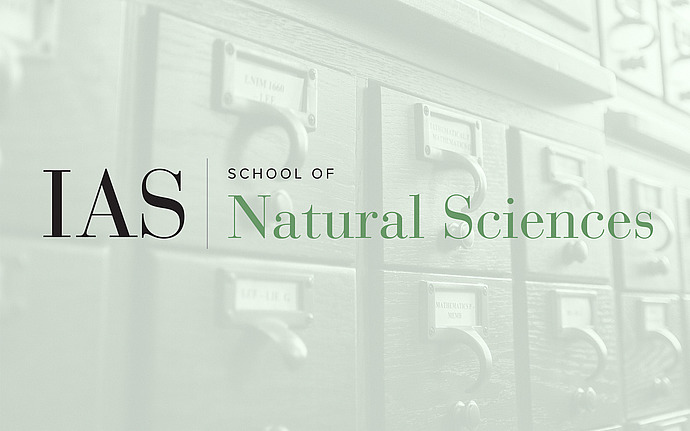
Institute for Advanced Study/Princeton University Joint Astrophysics Colloquium
The Glow of Gravitational Wave Sources: Modeling compact object mergers and the production of the heavy elements
The discovery of gravitational waves by advanced LIGO has sparked a worldwide effort to detect associated electromagnetic emission, which would localize the sources and illuminate the physics of compact object mergers. A merger involving two neutron stars (or a neutron star and a black hole) is likely to expel radioactive material that gives off an optical/infrared glow similar to, but dimmer than that of a supernova. I will describe our progressing theoretical understanding -- rooted in multi-physics numerical simulations -- of compact object mergers, and show how observations of radioactive emission can constrain interesting physics, such as the dynamics of mass ejection, the nucleosynthesis of heavy elements, and the properties of the final remnant (a hyper-massive neutron star or spinning black hole). Such models inform observational programs searching for LIGO counterparts, and ultimately may help address the long-standing question of the origin of the heaviest elements in the universe.
Date & Time
May 02, 2017 | 11:00am – 12:00pm
Speakers
Dan Kasen
Affiliation
University of California, Berkeley
Additional Info
Event Series
Categories
Notes
Coffee and refreshments are available from 10:15 am in Peyton Hall Grand Central.